Introduction:
The COVID-19 pandemic, officially known as the "Coronavirus Disease 2019," has reshaped the global landscape in unprecedented ways. This highly contagious respiratory illness, caused by the SARS-CoV-2 virus, has not only impacted public health but also economies, education, and daily life on a massive scale. This English presentation aims to provide a comprehensive overview of the COVID-19 pandemic, its origins, transmission dynamics, global response efforts, and the current state of the pandemic.
1. Origin of COVID-19
The first cases of COVID-19 were reported in December 2019 in Wuhan, the capital city of China's Hubei province. Initial investigations suggest that the virus likely originated from an animal-to-human transmission, with bats emerging as a potential natural reservoir. The virus quickly spread domestically and internationally, leading to a global health emergency declared by the World Health Organization (WHO) on January 30, 2020.
2. Transmission Dynamics
COVID-19 is primarily transmitted through droplets generated when an infected person coughs, sneezes, or talks. These droplets can land in the mouths or noses of nearby individuals, or be inhaled if they land on surfaces that are then touched by others. The virus is highly contagious and can survive on surfaces for hours to days, making it easy to spread in closed and crowded environments. Asymptomatic transmission and pre-symptomatic spread have also been identified as significant factors in the rapid global spread of the virus.
3. Symptoms and Impact
The symptoms of COVID-19 range from mild to severe, including fever, dry cough, fatigue, and loss of smell or taste. In severe cases, it can lead to pneumonia, acute respiratory distress syndrome (ARDS), and even death. The pandemic has caused millions of confirmed cases and over a million deaths worldwide, disrupting healthcare systems and straining resources globally.
4. Global Response Efforts
In response to the pandemic, governments, international organizations, and private sectors have taken numerous measures:
Lockdowns and Social Distancing: Many countries implemented lockdowns and encouraged social distancing to slow the spread of the virus.
Vaccine Development: Researchers around the world worked tirelessly to develop vaccines against SARS-CoV-2. As of [current date], several vaccines have been approved for emergency use and are being distributed globally.
Testing and Tracing: Widespread testing and contact tracing have become crucial tools for containing outbreaks and preventing further transmission.
Financial Support: Governments provided financial relief packages to support businesses, workers, and the most vulnerable populations during the pandemic.
5. Current State of the Pandemic
Despite significant progress in vaccination efforts, the pandemic continues to pose a threat due to emerging variants of the virus. The Delta and Omicron variants, in particular, have shown increased transmissibility and potential for reduced vaccine effectiveness, leading to new waves of infections in various countries. Vaccine hesitancy, inadequate access to vaccines in low-income countries, and the emergence of new variants continue to be major challenges.
6. Future Outlook and Conclusion
The future of the COVID-19 pandemic depends on several factors: the effectiveness of vaccination programs, adherence to public health measures such as masking, social distancing, and hand hygiene; continued research on new variants; and global cooperation to ensure equitable access to vaccines and treatments. While a return to normalcy may seem distant, there is hope that with continued efforts towards vaccination and improved understanding of the virus, we can gradually mitigate its impact on society.
In conclusion, the COVID-19 pandemic has been a defining moment in modern history, exposing vulnerabilities in our global health systems and highlighting the importance of international cooperation. As we navigate this unprecedented challenge, it is crucial to remain vigilant, adhere to public health guidelines, and continue research efforts towards finding a lasting solution. The future of public health depends on our collective actions today.
转载请注明来自爬爬百科,本文标题:《COVID-19疫情,英语演讲概述》

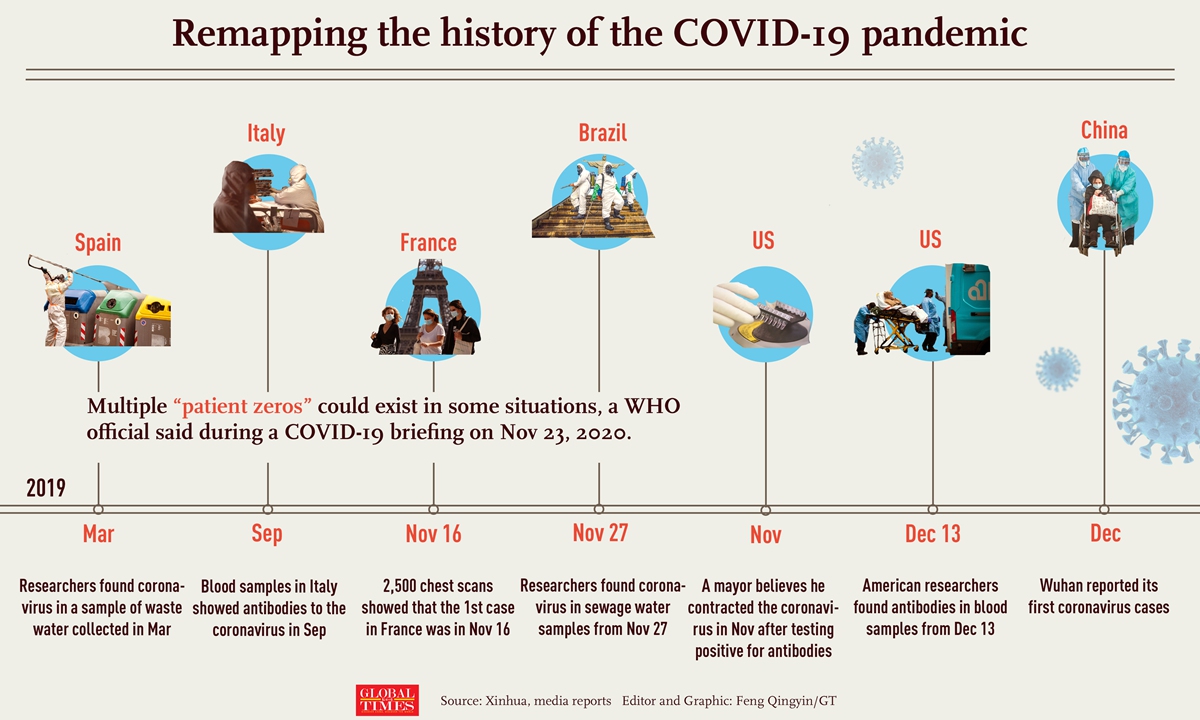
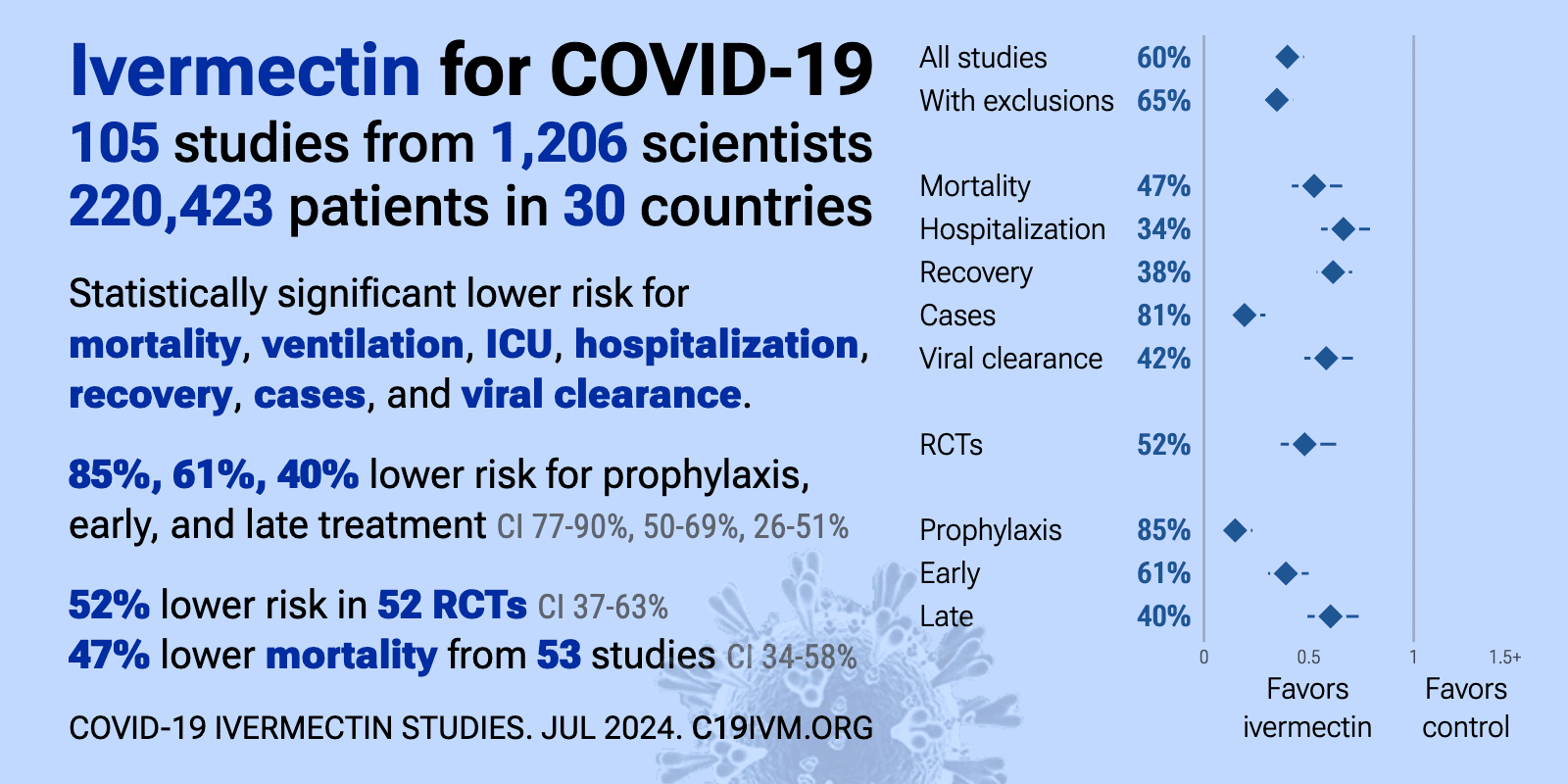

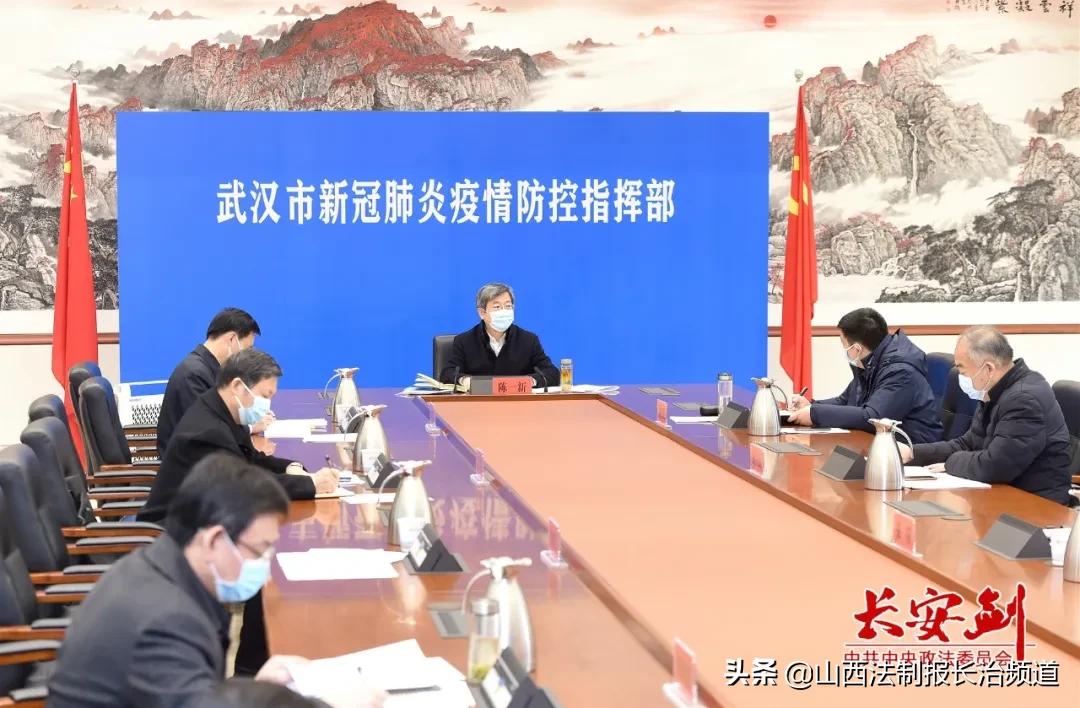



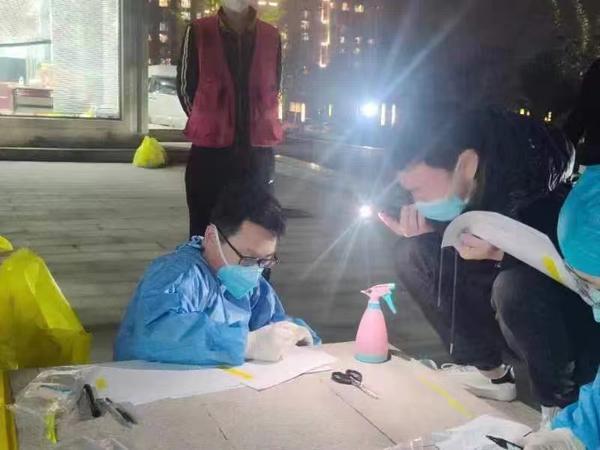
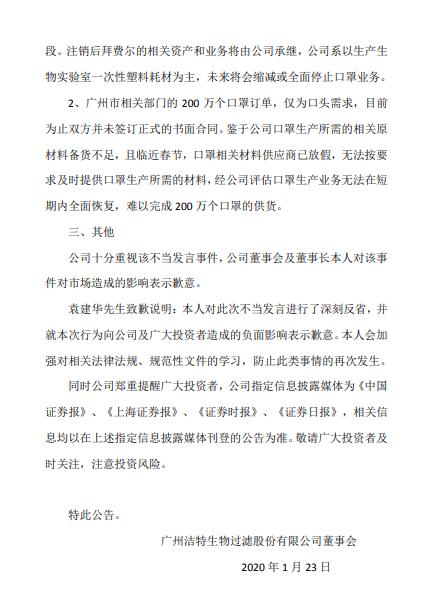

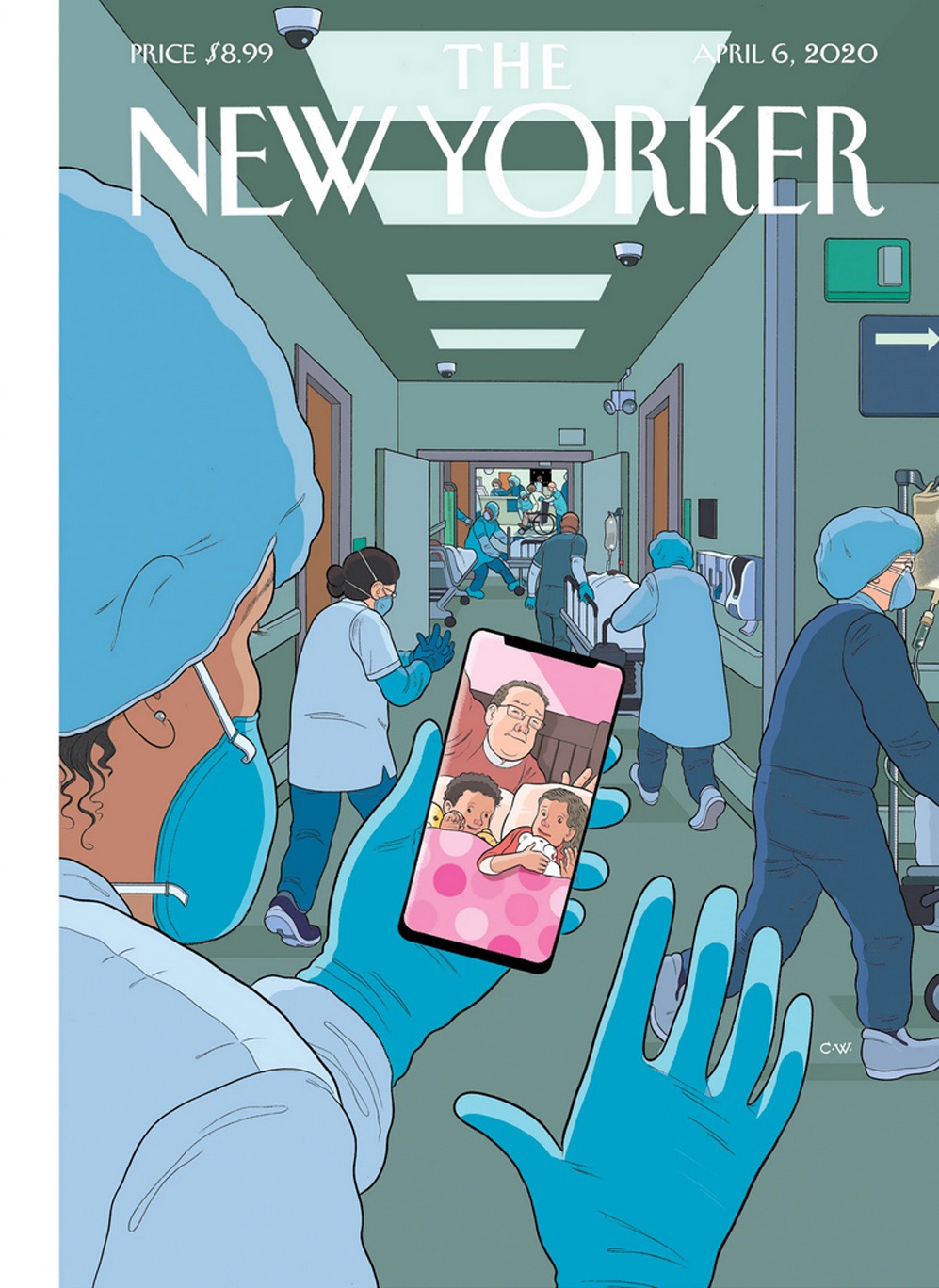
 京ICP备11000001号
京ICP备11000001号
发表评论